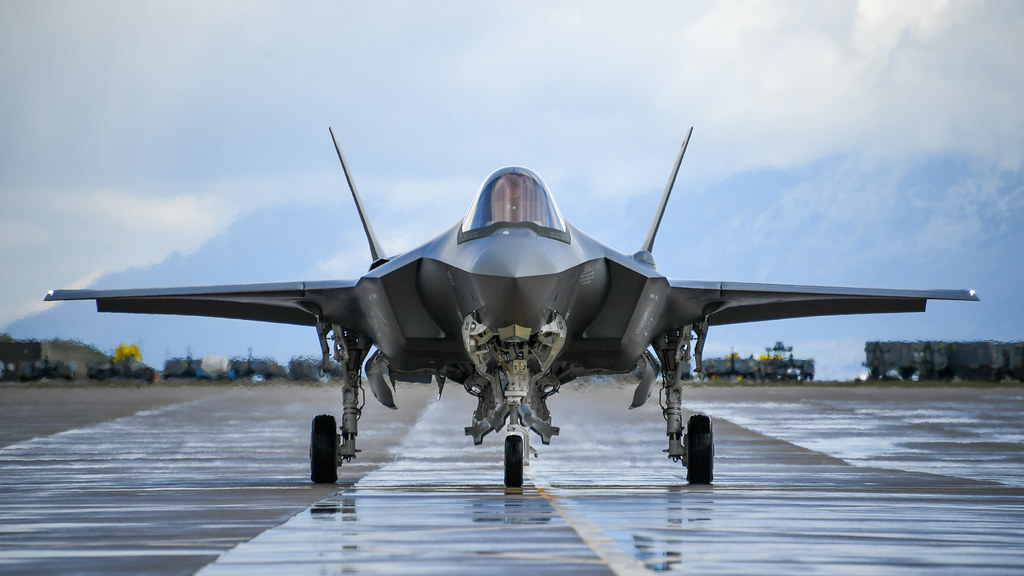
Belgium’s recent proposal to shift the assembly of its Lockheed Martin F-35 Lightning II aircraft from the United States to Italy represents a notable development in European defense procurement strategies. Belgian Defense Minister Theo Francken’s announcement, made on April 14, 2025, suggests a potential pivot in how European nations manage their defense assets, with Francken discussing the idea with Italian counterpart Guido Crosetto. The proposed shift to the Cameri Final Assembly and Check Out (FACO) facility in Italy could enhance European economic benefits, while simultaneously adjusting the logistics of F-35 production.
The proposal has raised significant questions surrounding European defense autonomy, transatlantic cooperation, and the logistics of NATO’s F-35 program, which serves as a cornerstone of NATO’s airpower capabilities. As a fifth-generation, multirole fighter, the F-35 integrates advanced stealth, sensor fusion, and networked operations, providing air forces worldwide with a versatile and highly capable asset. Belgium’s investment in the F-35, initiated in 2018 to replace its aging fleet of F-16s, underscores its commitment to modernizing its air force and aligning with NATO’s evolving needs.
Francken’s proposal comes at a time when Europe is recalibrating its defense posture in response to shifting geopolitical realities, particularly in the wake of Russia’s invasion of Ukraine. His call for Italian-based F-35 assembly reflects broader EU efforts to bolster regional defense capabilities and reduce dependence on transatlantic supply chains. While the Cameri FACO has previously assembled aircraft for Italy and the Netherlands, the scale of expanding its production to accommodate Belgium’s jets introduces complex logistical challenges, including potential delays in delivery schedules and coordination with Lockheed Martin’s U.S.-centric supply chain.
Furthermore, Francken’s move aligns with EU objectives to prioritize regional defense spending, a strategy that could bolster local economies and generate jobs. However, this shift also raises concerns about operational autonomy, as critical aspects of F-35 operations, such as software and data links, remain under U.S. control. Despite these complexities, Belgium’s suggestion signals a growing European interest in strengthening defense self-sufficiency and reshaping the transatlantic relationship within the F-35 program.
The strategic implications of this proposal extend beyond Belgium, potentially influencing other European F-35 operators like the Netherlands, Norway, and Poland, who must navigate the competing interests of regional control, cost efficiency, and interoperability with NATO allies. As the F-35 remains a central element of NATO’s air superiority, the proposal’s success hinges on balancing European ambitions with the operational realities of a U.S.-led program.
Ultimately, Francken’s suggestion to relocate F-35 production to Italy highlights the ongoing evolution of global defense cooperation, raising important questions about the future of NATO’s unity and the role of European nations in shaping the future of defense technology.




